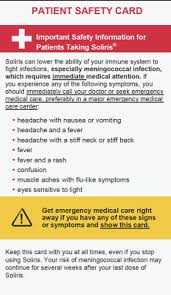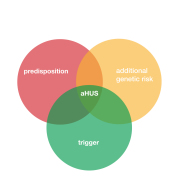Affordable treatment is a big issue for the majority of the world’s aHUS patients. Many live in countries that cannot afford modern drugs for many diseases. And one that has been frequently addressed by Global Action on its website
Can a clinically effective therapy be developed that is affordable for all aHUS patients?
This is what our expert had to say on the topic.
Developing a clinically effective therapy for atypical hemolytic uremic syndrome (aHUS) that is also affordable for all patients is a critical goal. Here are some key considerations:
- Research and Innovation: Continued research and innovation can lead to the development of more effective and targeted therapies for aHUS. This includes the development of treatments with improved outcomes and potentially lower costs.
- Generic Medications: As patents for existing aHUS treatments expire, it may open the door for the development of generic versions, which could lead to more affordable options.
- Government Support: Government agencies and regulatory bodies can play a role in facilitating the development and approval of cost-effective therapies for rare diseases like aHUS.
- Advocacy: Patient advocacy organizations can raise awareness and advocate for improved access to affordable treatments, including aHUS-specific therapies.
- Collaboration: Collaboration between pharmaceutical companies, healthcare providers, and patient organizations can help identify strategies to reduce the cost of aHUS treatments while maintaining their effectiveness.
While affordability is a significant challenge, there have been instances in the field of rare diseases where more affordable treatment options have become available over time. It’s important to continue advocating for better access and affordability of aHUS therapies to ensure that all patients can benefit from the best possible care.”
There are 234 counties which make up the current world population of 8.1 billion people. Of these in 41 countries with the lowest populations if added together only have a population of 2 million. There may only be one aHUS patient onsetting each year in those 41 countries in total. The next 43 counties have population of less than 2 million.
That leaves 150 countries where at least one aHUS patient onsets each year.
So say current complement inhibitor marketing footprint covers what, 60/70/80 of those 150 counties. Assume then there are complement inhibitor sales in 75 countries, The 75th country’s population is 14 million. So the 75 countries below would have between 1 to 7 patient onsets each year. Affordability may be a challenge for those countries if national budgets for aHUS treatment would be between $500k and $3.5m to treat all onsets.
But would $100k to $700k be affordable for them if the cost of treatment was reduced by 80%? Maybe. There are some already doing so at the higher cost. Remember however if incident patients are treated the prevalent patient numbers accumulate and related health budgets rise accordingly.
There are countries in the top 75 where treatment is as yet unaffordable. China and India most notably*. Economies in countries like India and China which potentially have the largest aHUS patient population are looked towards to not only lead the way for their aHUS patients but to give hope to others.
Patients must play their part, like participating in trials of perhaps more affordable treatment options.
In the meantime it is up to patients to work together to gain the access they need.
The challenge is enormous to get from a current position where around 80% of complement inhibitor sales are to countries with just over 10% of the world’s population while nearly 90% of the world population countries only afford to buy around 20%.
The answer to this research agenda question is “ Yes” but when and at what price for all remains elusive.
*Access to current complement inhibitors is largely related to National Income per Capita rather than size of population, China and India have the largest populations but lower per capita incomes.
Article No. 622
Previous articles about the concept of “affordability” for an aHUS treatment:

Can aHUS treatment be affordable for all?
A very important topic for many aHUS patients around the world with an unmet need. Patients have included the topic in their Research Agenda and thought it important enough to…
CONTINUE READINGCan aHUS treatment be affordable for all?
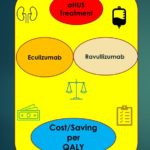
Is Ravulizumab affordable for aHUS?
Article 388 16 October 2020 aHUS patients envisage a treatment that is affordable for all one day. That will be a good day. For now all that can be hoped…
CONTINUE READINGIs Ravulizumab affordable for aHUS?
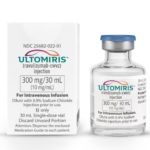
Spotlight on Ravulizumab 5- Affordable?
Article No 323 23 February 2020 Although precautions are needed in its use, there is evidence that Ravulizumab, like its predecessor eculizumab, is effective in doing its job in those…
CONTINUE READINGSpotlight on Ravulizumab 5- Affordable?
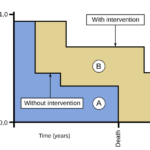
Affordable means able to afford
THe Reluctant Advocate series continues. It continues with the evaluation of eculizumab for aHUS now needing to be carried out by NICE, even though it had already been evaluated and…

